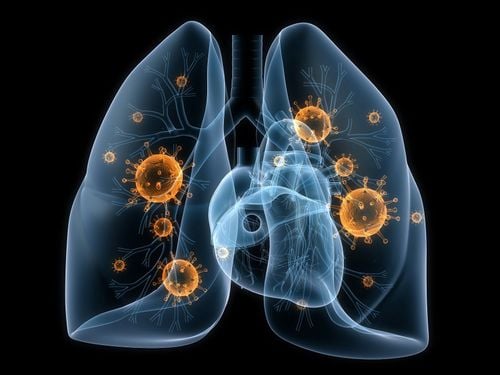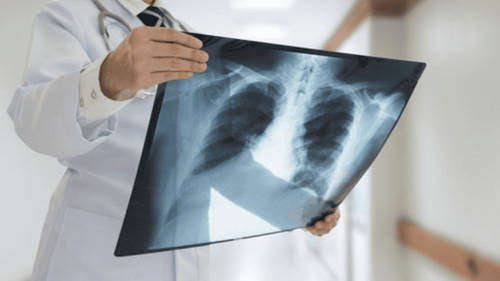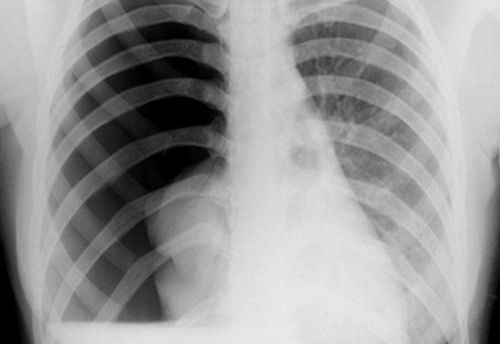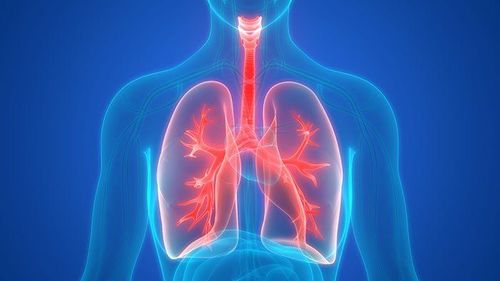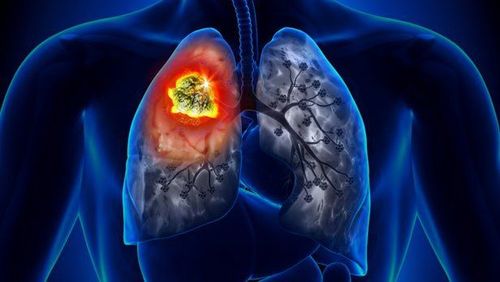This is an automatically translated article.
Spontaneous pneumothorax is a condition in which air suddenly appears in the pleural space without external causes such as trauma or injury.1. What is spontaneous pneumothorax?
The pleura covers the lungs, consisting of two layers: parietal and visceral. Parietal leaves are the layer closest to the lungs, visceral leaves are the lining to the thoracic cavity. Between the parietal and visceral leaves forms the pleural cavity. Normally, the pleural cavity contains only a thin layer of serous fluid and does not contain air. This structure creates negative pressure in the pleural cavity to help the lungs move easily, blood to the heart is also easier because the thoracic pressure is lower than the pressure in other areas of the body.
Spontaneous pneumothorax is a condition in which air suddenly appears in the pleural space due to pathological lesions of the lungs and pleura. Pneumothorax causes the lungs to be compressed to varying degrees, limiting the ventilation function of the lungs. If the pneumothorax is severe, it can cause respiratory failure and circulatory disturbance because the mediastinum and heart are pushed to the opposite side.
2. Why is there spontaneous pneumothorax?
Spontaneous pneumothorax is divided into primary spontaneous pneumothorax and secondary spontaneous pneumothorax.
2.1. Primary spontaneous pneumothorax
Occurs in patients with no history of trauma or associated lung disease. The disease occurs in more men than women, concentrated in the 30-40 years old. It is usually caused by the rupture of air bubbles on the surface of the lung. The mechanism by which small air bubbles appear in the lungs is unknown, but they are more common in people with long chests or those with an inherited connective tissue disorder such as Marfan syndrome. In addition, small air bubbles in the lungs may be present in the case of viral fever.

Sốt siêu vi có thể làm xuất hiện các bóng khí nhỏ trong phổi
2.2. Secondary spontaneous pneumothorax
As pneumothorax occurring in people with pre-existing lung disease, the prognosis is worse than primary spontaneous pneumothorax.
Many reasons in lung disease can cause complications of pneumothorax such as:
Tuberculosis: Tuberculosis: Tuberculosis, molten foci, tuberculosis lesions scattered on the lung surface can rupture into the pleural space causing pain pneumothorax, pleural effusion. Before the 1980s, due to the shortage of drugs and chemotherapy, spontaneous pneumothorax complications in TB patients were very high. Pulmonary diseases other than tuberculosis causing complications of pneumothorax such as pneumonia, bronchiolitis, lung abscess, pneumoconiosis, asthma, emphysema, foreign body in the airways, rupture of air cysts, bronchiectasis, bronchiectasis , diffuse interstitial fibrosis, lung cancer,... In addition, autoimmune diseases such as rheumatoid arthritis, dermatomyositis, scleroderma can also cause pneumothorax. Bronchial cancer causing pleural metastases can cause perforation, pneumothorax, but rarely.
3.Symptoms of spontaneous pneumothorax
When there is spontaneous pneumothorax, the patient will have sudden symptoms of chest pain, which can be as severe as a stabbing knife, the patient does not dare to breathe deeply due to chest pain. Appears a severe dry cough, when coughing makes the pain level increase. Feeling of shortness of breath, suffocation, the degree of dyspnea of the patient increases with the degree of pneumothorax. If the pneumothorax is rapid and numerous, the patient will have symptoms such as cold hands and feet, sweating, rapid and light pulse, low blood pressure, mental anxiety, panic,...
However, in In some cases, the symptoms only occur discreetly, the patient feels chest tightness, dry cough, slight shortness of breath.
When conducting a pulmonary examination, the doctor found that the lateral thoracic cavity was filled with pneumothorax, poor mobility, wide intercostal spaces, resonant percussion, reduced vocal vibrations, decreased alveolar murmurs. There may be signs of subcutaneous emphysema, such as a bulging neck, narrow eyes, and crunching skin pressure. To make a definitive diagnosis, the doctor will assign the patient to perform some imaging techniques such as X-ray, computed tomography,...
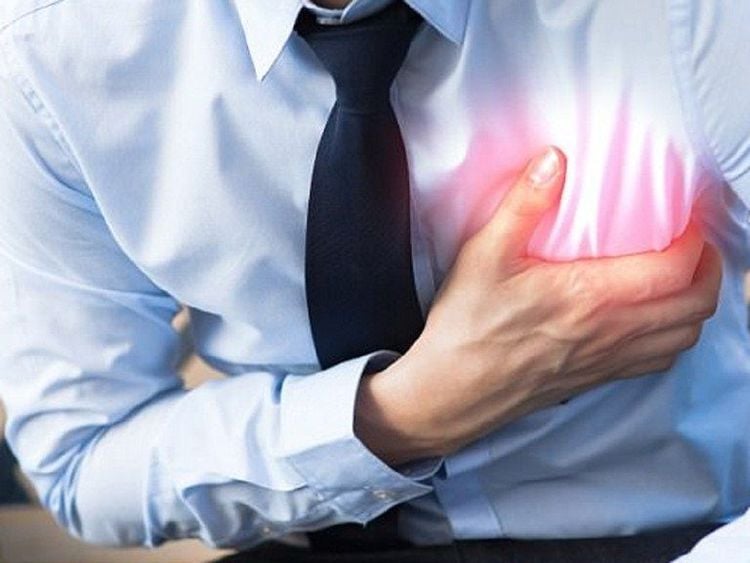
Người bệnh tràn khí phổi tự phát sẽ thấy ngực đau dữ dội
4. Treatment of spontaneous pneumothorax
In case of primary spontaneous pneumothorax <15% of the volume on the side of the pneumothorax, the width of the air adjacent to the pleural space is <2cm, no need for drainage, give the patient oxygen 2-3 liters/min for a period of time. 2-3 days, then take a chest X-ray, if stable, the patient can be discharged.
In case of primary spontaneous pneumothorax >15% of the volume on the side of the pneumothorax, the width of the air strip close to the pleura >2cm, perform a simple pleural aspiration by one of the following means:
Fine needle connected to three prongs and 50 ml syringe Needle connected to transfer wire, three prongs and syringe 50 ml Carather with polyethylene barrel placed in the pleural cavity, continuous negative pressure 20cm of water Open the pleural cavity - insert the drain indicated in the following cases:
Spontaneous pneumothorax secondary to all causes. Primary spontaneous pneumothorax failed with the above treatments. Positive pressure pneumothorax, patient had respiratory rate >30 breaths/min, heart rate >120 beats/min, subcutaneous pneumothorax, median The ventricle is displaced to the opposite side, the lower diaphragm is flattened and straight, sometimes reversed. The doctor will open the pleural cavity, select the appropriate size catheter for each patient, conduct negative pressure aspiration of 20cm of water continuously until the pleural gas is gone, then clamp the drainage tube for 24 hours. If pneumothorax does not recur after 24 hours, conduct clinical examination, X-ray, drain tube if patient is stable and progressing well.
Consider surgical indication when the above treatment measures fail, the patient has persistent or recurrent pneumothorax. Surgical measures include thoracotomy or laparoscopic surgery to seal the fistula, lobectomy with air cysts,...
To register for examination and treatment at Vinmec International General Hospital, you can You can contact Vinmec Health System nationwide, or register online HERE.
SEE MORE
The youngest pediatric patient with a pleural effusion The first successful laparoscopic surgery the youngest patient with a pleural effusion Overview of common lung diseases




